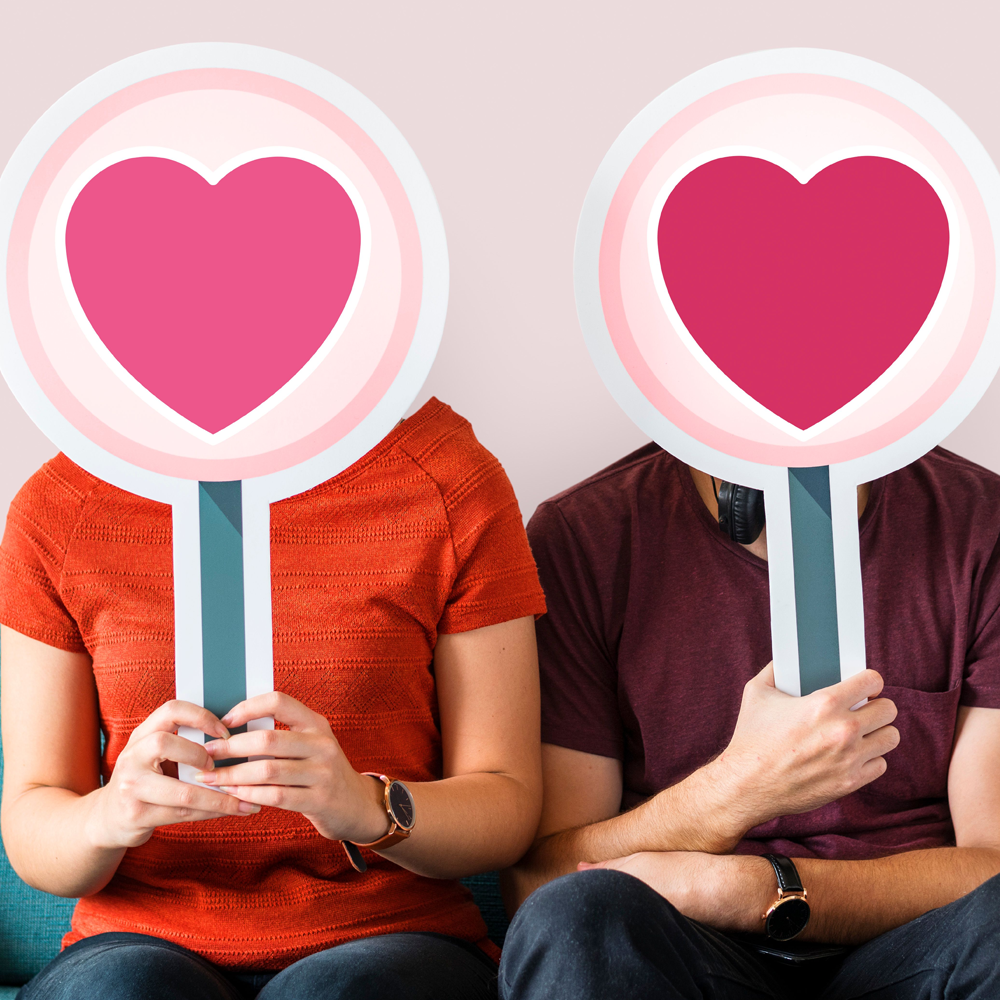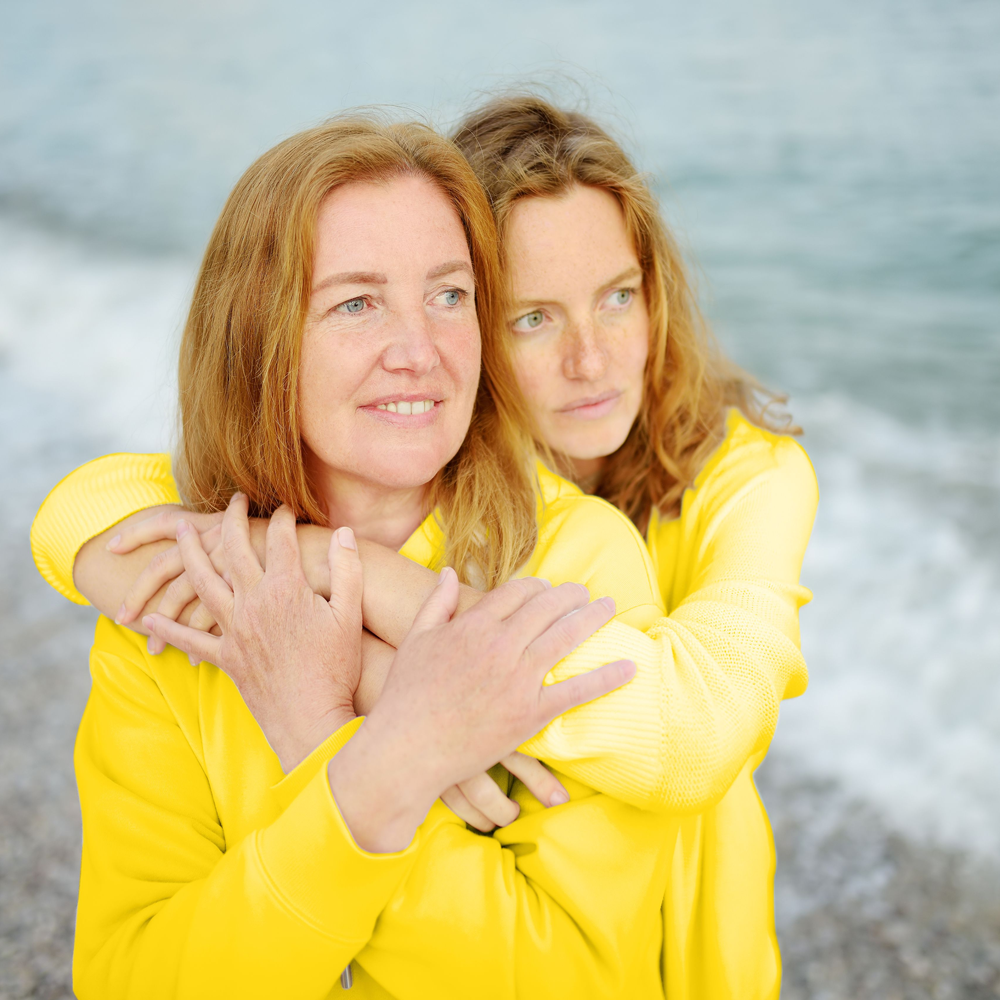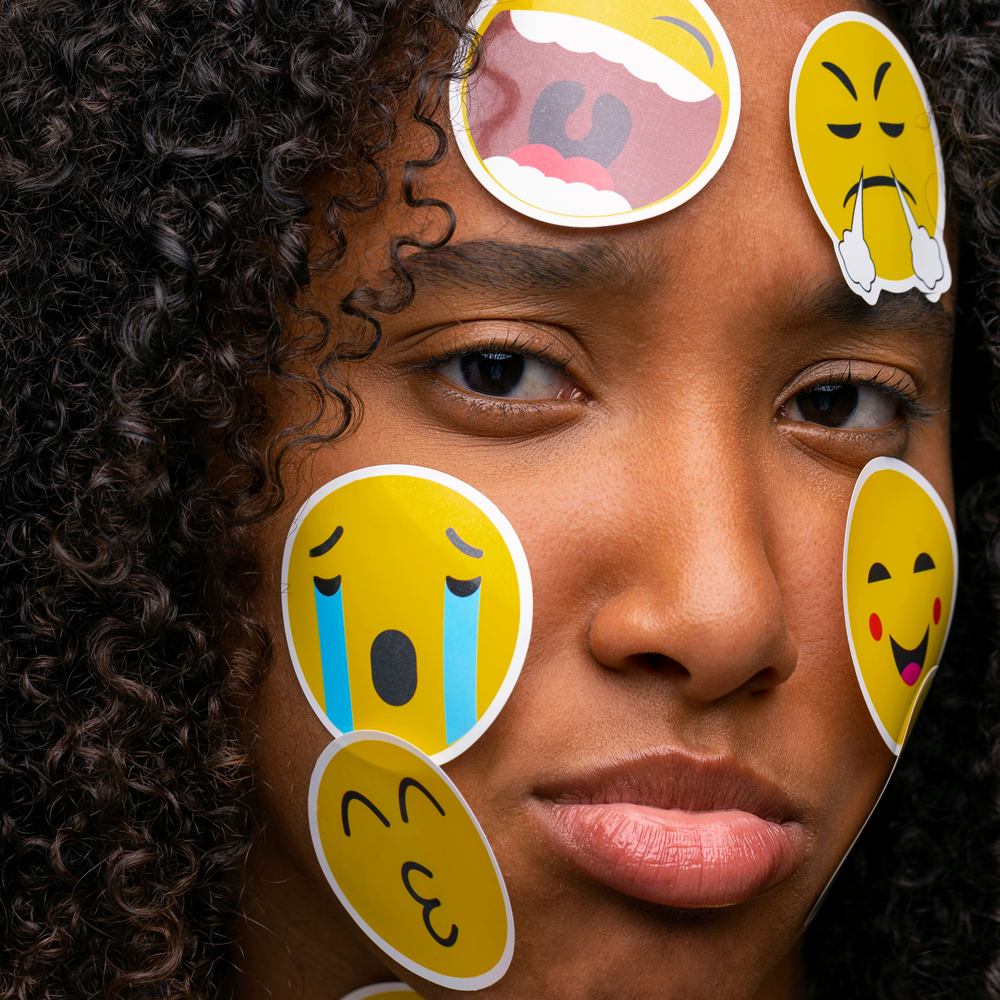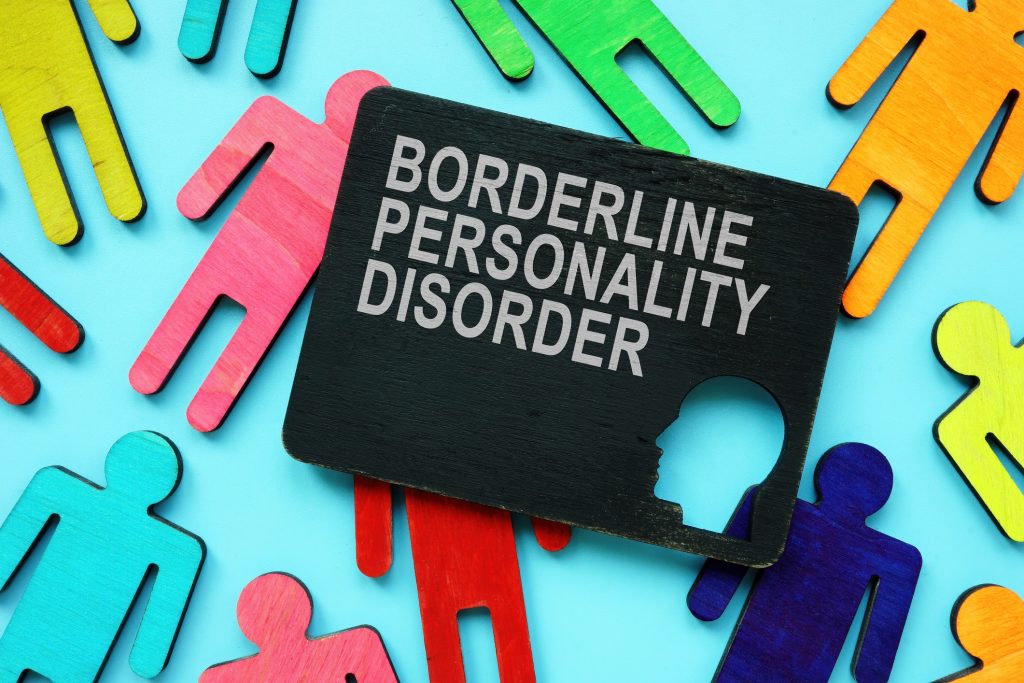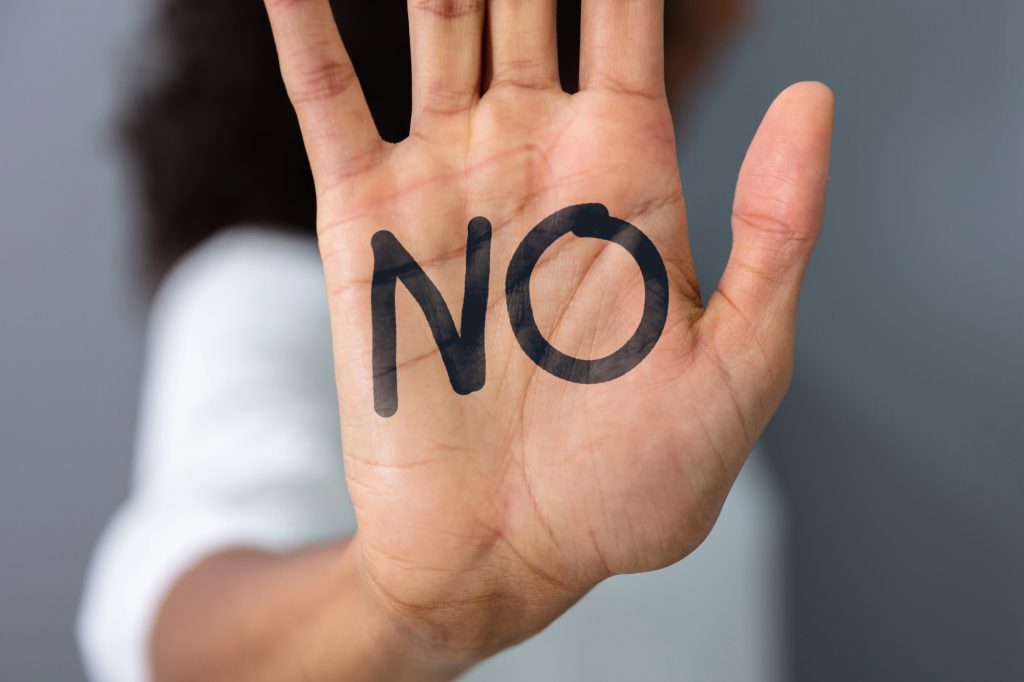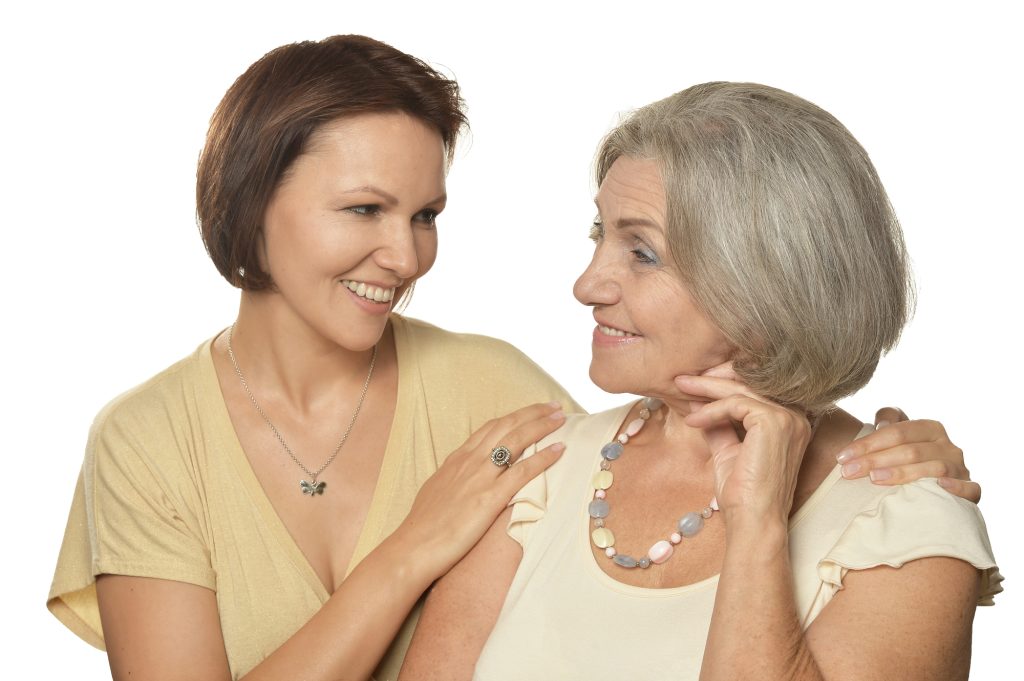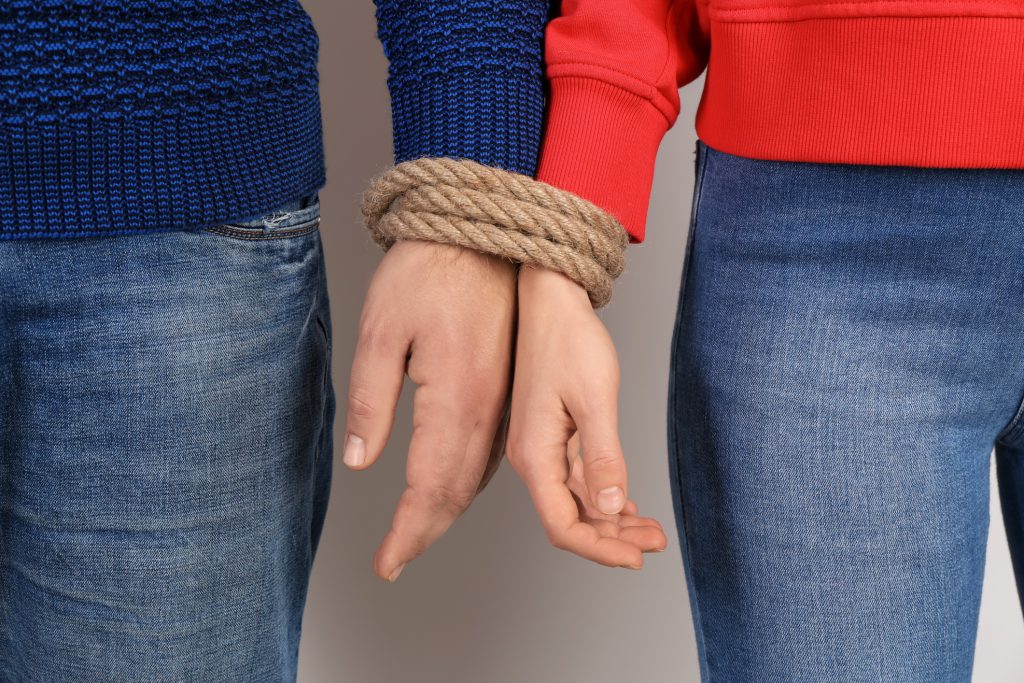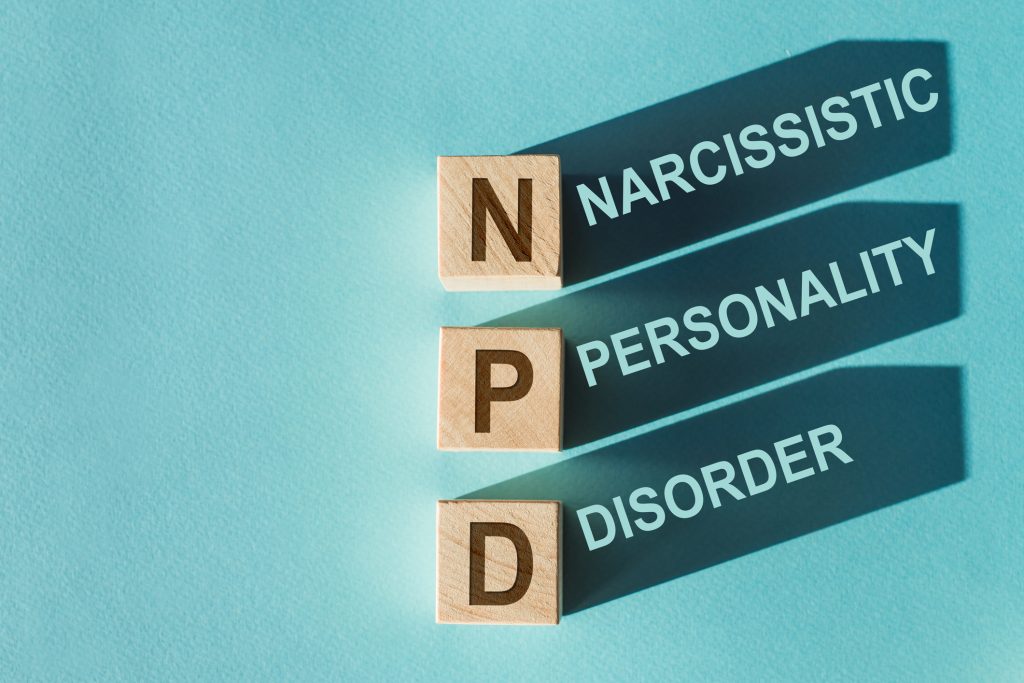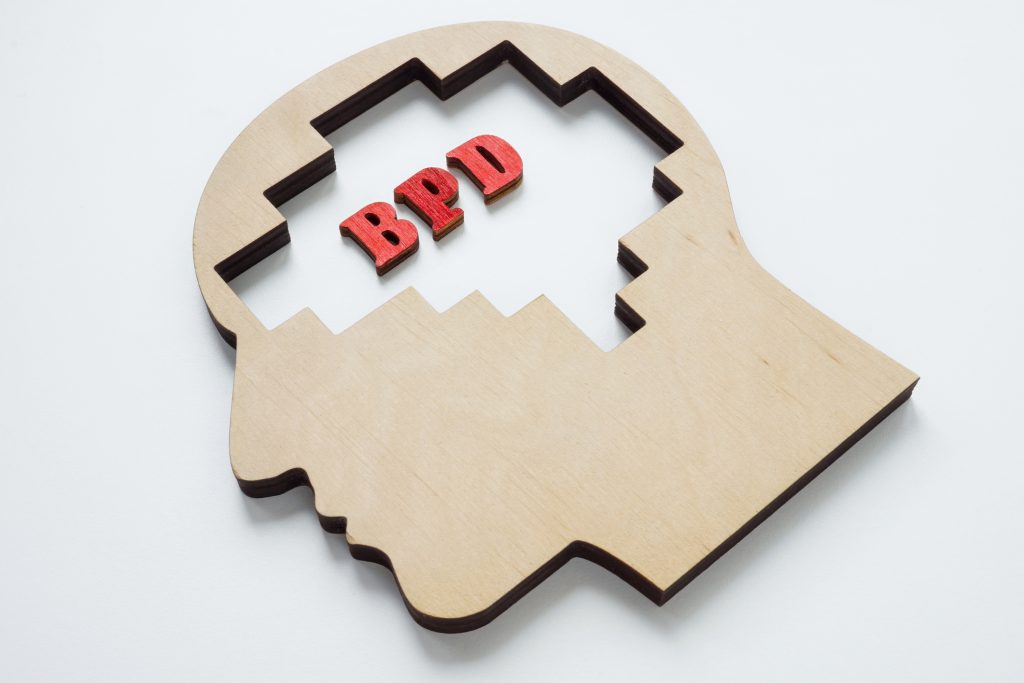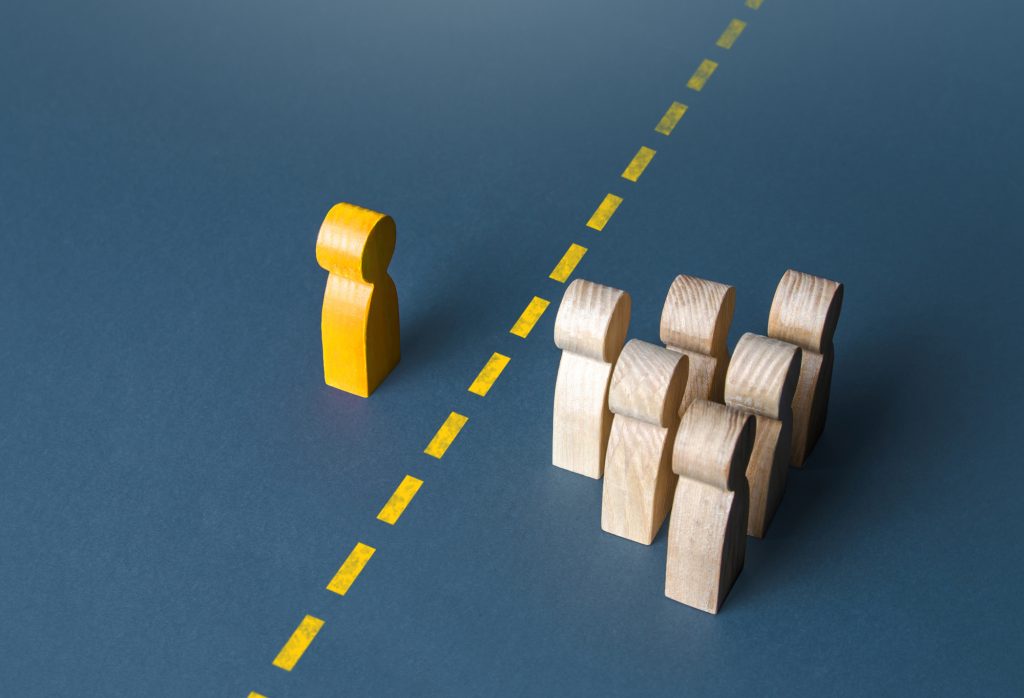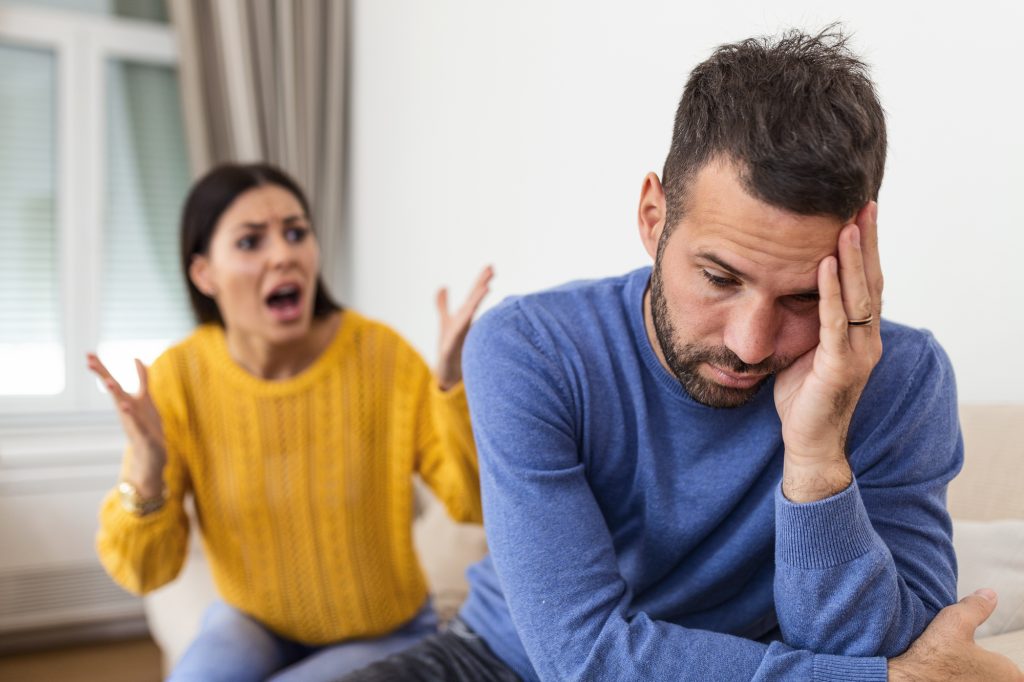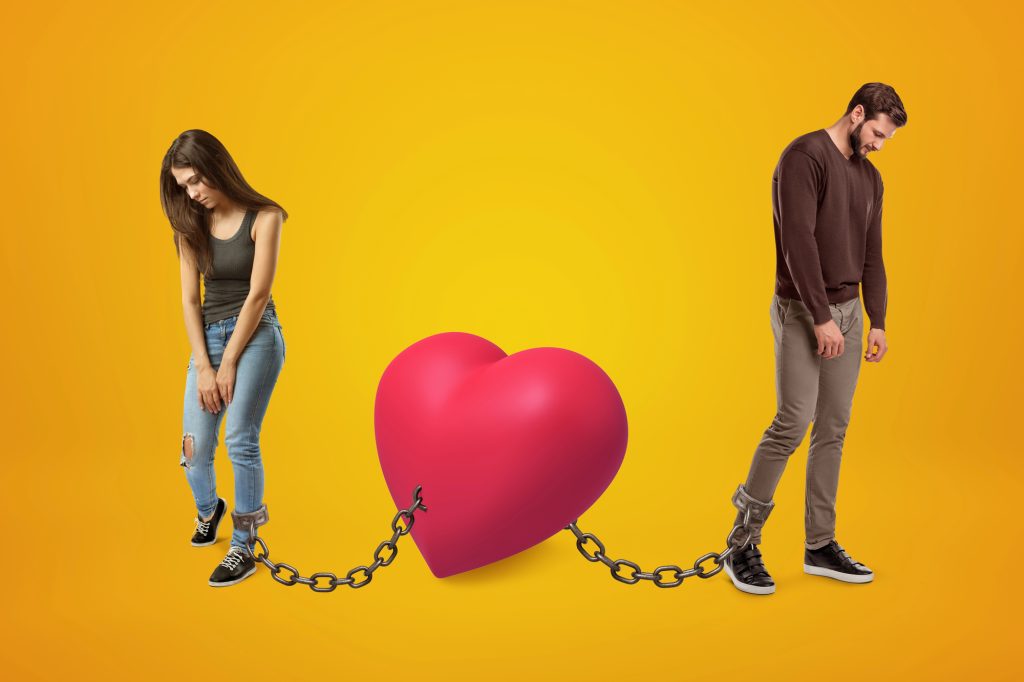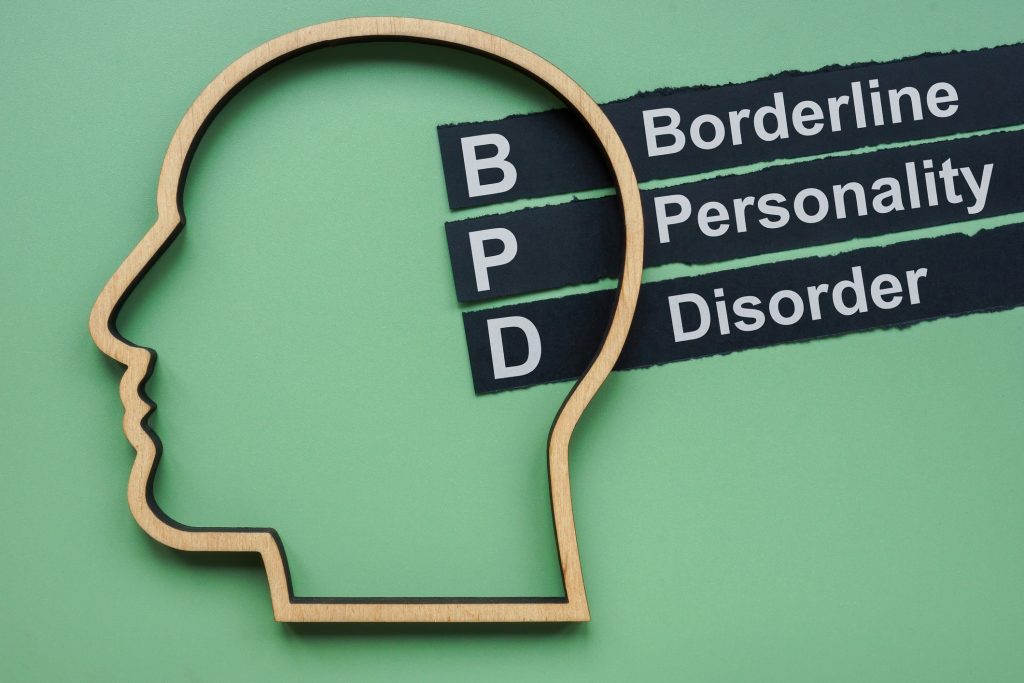
Codependency and Enabling: The Hidden Dynamics that Keep Us Stuck
by Jaqueline Harris
Everybody wants to be there for the people they love, especially if those they care about are struggling. When a friend goes through something that rocks their world, they come to us. We offer them help, compassion, an ear to hear their troubles, and a shoulder to cry on… But occasionally, the line between helping and harming gets blurry, and unfortunately, this is way more common than you’d think, and it’s far less obvious at the beginning. In our efforts to rescue others, we may lose sight of our boundaries, needs, and well-being.
When support turns into a safety net that removes all risk, it enables the person struggling not to grow and face their issue but rather to stay stuck and dependent. This is where codependency and enabling come into play. What feels like loyalty can become emotional overextension. What appears to be protection might be permission for unhealthy behavior to persist. The remaining questions are, “How do codependency and enabling work together?” “Why do they persist?” “And most importantly, how does one break free from the cycle?”
Codependency is not merely caring too much; it’s losing yourself in the process of trying to “save” someone else. When a person is codependent, they prioritize the needs, feelings, and survival of another person who’s usually in crisis, at the expense of their own emotional and physical health. The reason why it’s called “codependence” is that the codependent person basically “needs to be needed.” Enabling, on the other hand, is when your actions shield another from the natural consequences of their behavior. For example, your friend tells you that they haven’t studied for their exams because they were busy with work. The likely outcome here is that they will probably fail their exam. But you, the loyal friend, step in and help them cheat off you at the risk of possibly getting caught and punished with an immediate F.
Is that enabling? Not necessarily, it’s a one-time thing, but when your friend feels comfortable not studying for their exams because you’ll be there to help, and indeed, you are. You are now enabling their behavior and being codependent. Enabling is the smoke that rises from the fire of codependency, hard to see at first but suffocating if ignored.
These two behaviors feed off each other in a self-reinforcing loop, often rooted in fear, guilt, or an unconscious desire for control.
How does co-dependency show up through enabling? Since it doesn’t always look like a big, dramatic rescue, sometimes it’s quieter. For instance:
- Keeping the peace at all costs, even if it means biting your tongue through the pain.
- Making excuses for another person’s toxic or self-destructive behavior.
- Taking over their responsibilities, not because they can’t, but because you don’t trust them to—this, most of the time, is seen in child/parent dynamics, but is also very present in adult relationships.
- Downplaying the severity of their issues (“It’s not that bad.”)
- Putting their needs above yours, time and time again. This isn’t a compromise; it’s a sacrifice.
- Feeling guilty for setting even the most basic boundaries.
You don’t have to be pouring shots to enable an alcoholic. Sometimes, it’s just paying their rent. Financial support, such as repeated bailouts without accountability, creates dependency, not safety; emotional covering, such as telling yourself that your friend is just tired when they are drinking again; caretaking by fixing every mess they make while no one’s fixing your issues; avoiding topics out of fear that they’ll leave or explode; being overly involved to the point where you know more about their emotions than your own…
Now that we’ve successfully labelled the issue, it’s time to understand what drives enabling behavior, and the answer lies in deeper emotional wounds: Fear of being abandoned or unloved; desire to be essential to someone’s life; unresolved guilt or shame, often from childhood; poor boundaries, if not none at all; learned dysfunction, passed down like a cursed family heirloom… Until these motivations are addressed, the pattern will repeat: a different person, the same dynamic, and the same fallout. For the enabler, they will suffer burnout, resentment, a hollow sense of identity, plummeting self-worth, anxiety, depression, and even physical illness. At the same time, the enabled will go through developmental stagnation, stay emotionally immature, go through deepened addiction or destructive habits, and have zero accountability with no incentive to change. The relationship itself will suffer from skewed power dynamics, characterized by cycles of guilt, anger, and manipulation. All of this will be fueled by a loss of genuine connection. Trust will crumble, and intimacy will rot.
Fortunately, although the pattern grips hard, it is nonetheless a simple one:
Problem arises > Enabler swoops in and saves the day > Consequences are softened or erased > Problem repeats.
Each cycle provides a twisted reward: the enabler feels needed, and the enabled avoids reality and its consequences. Both are trapped, mistaking dysfunction for devotion.
Now, to break it, all you need to do is reclaim yourself through:
- Acknowledging the behavior without drowning in guilt. Name it without shame.
- Setting clear boundaries. Yes, it might feel uncomfortable; that’s a sign of growth.
- Allowing consequences to unfold naturally, pain is, unfortunately, sometimes the only real teacher.
- Focusing on your healing: your needs, your identity, your life…
- Finding your people. Be it through therapy, support groups like Al-Anon or CoDA… You don’t have to do this alone.
- Encouraging accountability, not through control, but through truth.
In conclusion, as much as you might mean well, if your support keeps someone sick, it’s sabotage, even if the only person suffering is you. Codependency and enabling disguise themselves as love, but they poison you from the inside out. Healing means choosing the truth over comfort, accountability over illusion, and self-respect over self-sacrifice. Let them stumble, let them grow, and step out of the flames. It’s time to stop setting yourself on fire to keep someone warm.



